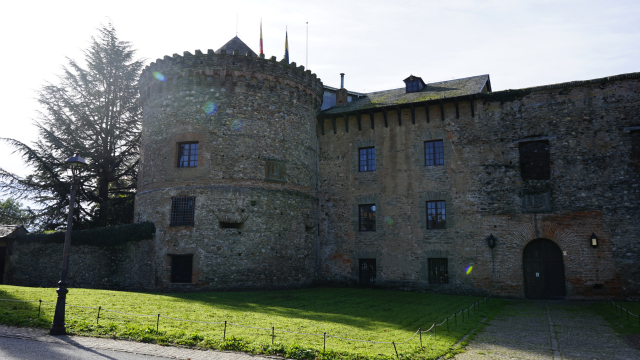Villafranca del Bierzo

The origins of Villafranca del Bierzo date back to pre-Roman and Roman times, with archaeological remains still present today. Prior to this, Neolithic axes and gold mining traces were found, highlighting its importance as a strategic location along pre-Roman routes. The town first appears in historical records in 791 during a battle between Muslims and Christians.
With the start of the pilgrimages to Santiago in 813, Villafranca transformed into a crucial stop for pilgrims. In 1070, French Benedictine monks founded the Monastery of Santa María de Cluniaco to assist pilgrims and promote viticulture. Over the centuries, several hospitals were established to care for the needy. The town developed into a "burgh of the Franks," and in 1072, Alfonso VI exempted pilgrims from paying tolls.
During the 14th and 15th centuries, Villafranca prospered, with a growing community of artisans and a burgeoning bourgeoisie, leading to the construction of key buildings like the Castle and the Collegiate Church. The town played a significant role during the Peninsular War, serving as a center of operations before being sacked. Despite these hardships, Villafranca maintained its administrative and demographic importance throughout the 19th century and later emerged as a tourist destination in the 20th century, thanks to its beauty and the revival of the Camino de Santiago. The local economy today revolves around tourism and agriculture, especially its vineyards and orchards.
Explore Villafranca's main points of interest: